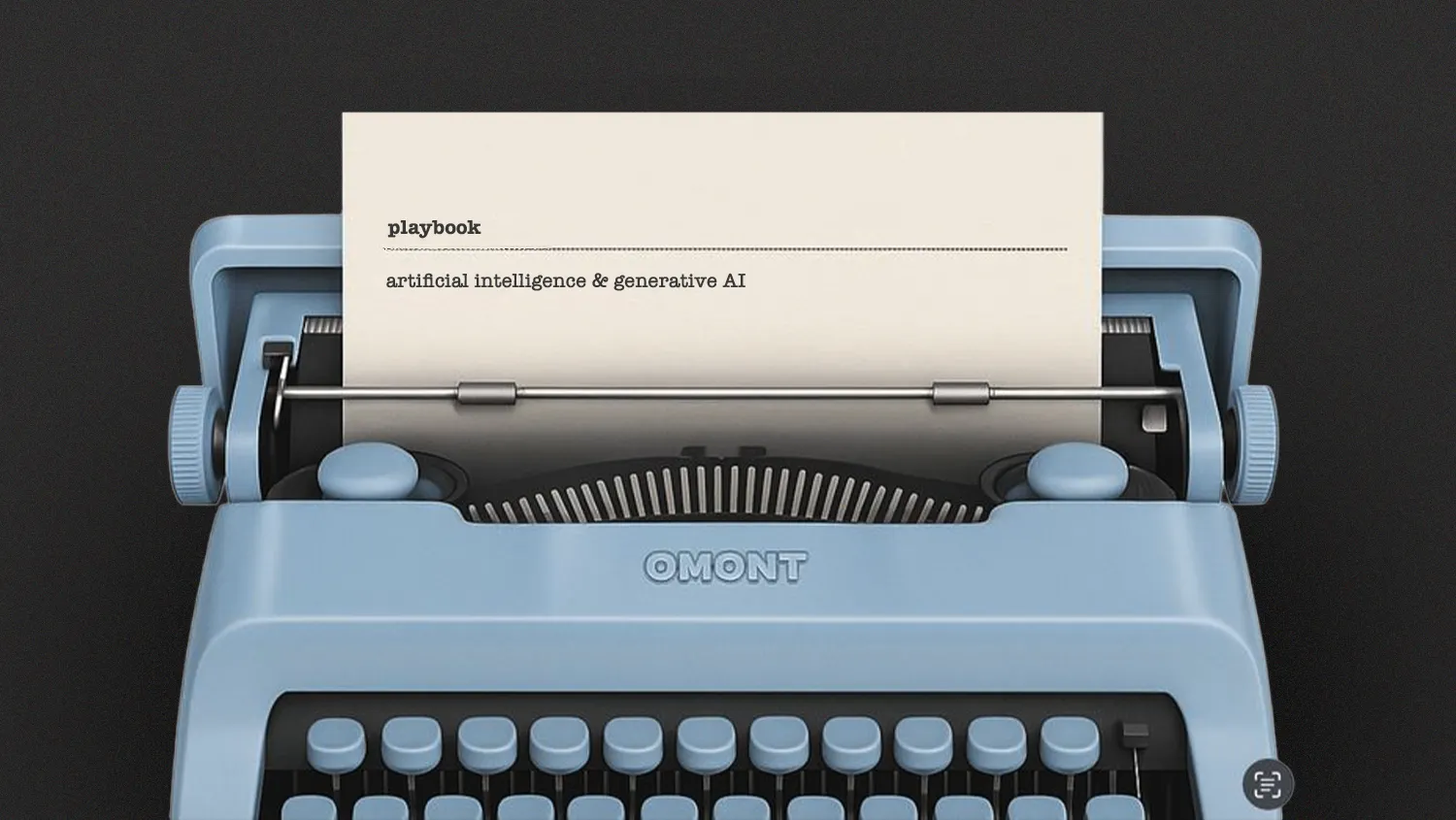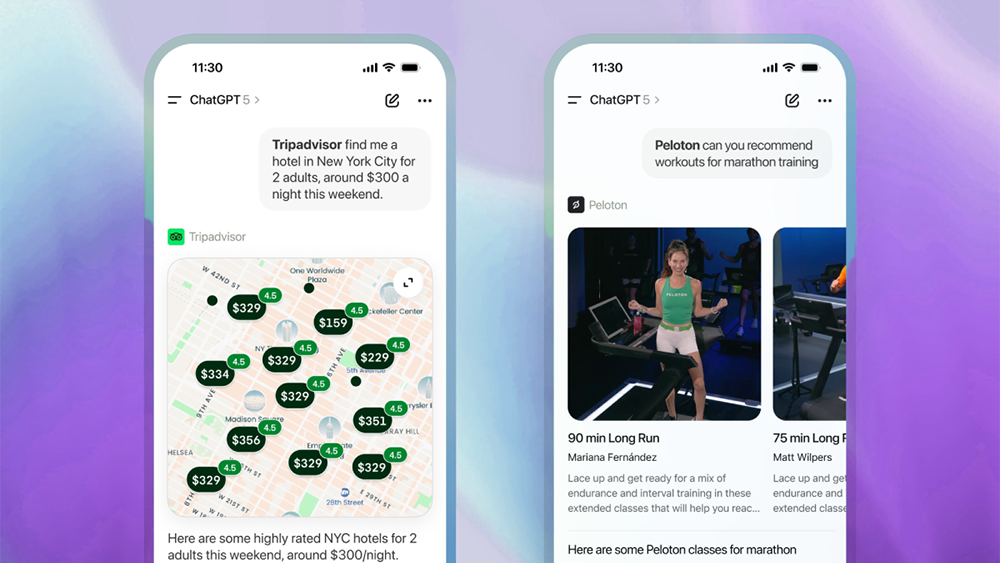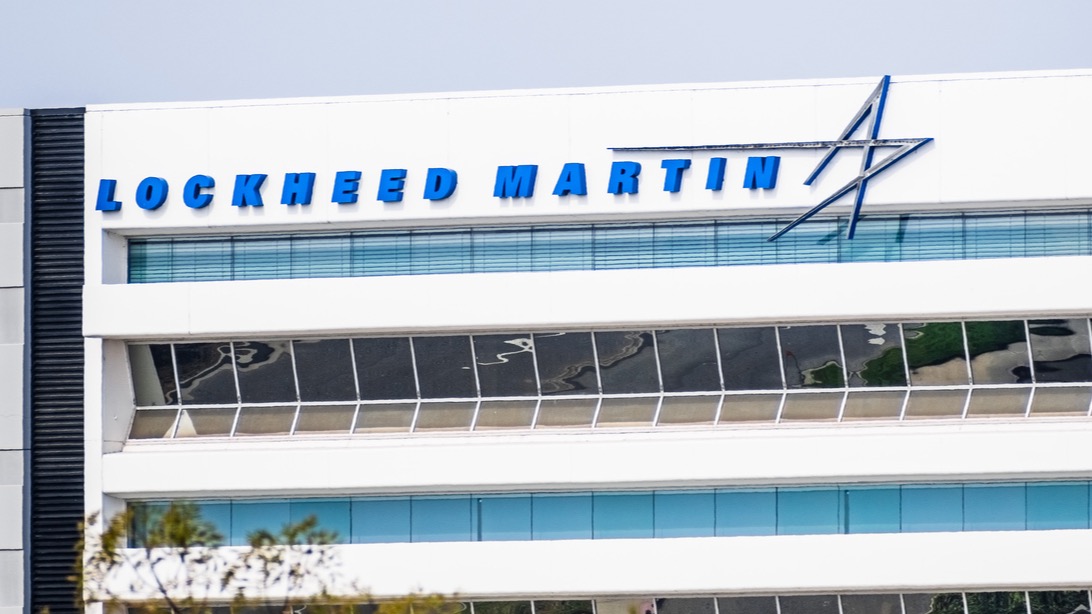
Key Points
- Many enterprises use static online modules for AI training, which do not effectively build AI skills or inspire innovation.
- Brandel Kremer proposed embedding AI learning into daily work, using real projects to teach through hands-on experience.
- Kremer's method prioritizes solving business challenges first, then tailoring training to develop passion and purpose.
- The approach contrasts with traditional models, advocating for dynamic, just-in-time learning to keep pace with AI advancements.
- Kremer noted the tension between fast-moving startups and cautious legacy firms, urging a balance between speed and safety.
Enterprise leaders are rushing to train their way into AI readiness, but their playbooks are already dangerously outdated. In the race to up-skill, many are relying on the familiar comfort of static online modules and compliance-style courses—an approach that falls short, creating a workforce with AI exposure but not AI capability. It checks a box, but fails to spark the inspiration and hands-on experience needed to drive real business value.
The core problem is that traditional training acknowledges the need for knowledge but fails to bridge the gap between hearing information and applying it with passion. So how can organizations build genuine AI competency—the kind that fuels innovation and ROI—instead of just going through the motions?
According to Brandel Kremer, Director of Data Operations and Governance at Kellanova, to truly master AI, companies must stop siloing education and instead embed it directly into the flow of work. Drawing on her leadership experience at Kellogg Company and her current studies in Purdue University’s Artificial Intelligence & Generative AI program, Kremer is pioneering a new model for corporate learning.
- A new learning model: Kremer’s philosophy moves beyond the limits of conventional training. "I'm calling it 'multimodal learning'. We're going to learn by doing. We're going to learn by problem-solving. We're going to learn by experimenting and fast-failing."
For Kremer, the era of the passive, self-paced learning module is over, especially for a technology as dynamic as AI. The real challenge isn't just delivering information; it's cultivating a deep-seated passion and practical skill set that employees can apply immediately.
- Beyond the module: "Yes, they're going to listen, they're going to participate, they're going to hear certain nuggets," Kremer said. "But that alone doesn't transform behavior or spark innovation. The real question is, how do learners take that knowledge and make it applicable—and how do I help them develop a passion for AI?"
Her solution is to structure AI projects as both business solutions and live training environments. At Kellanova, her team is building an AI chatbot not just to solve an onboarding challenge but to serve as a real-world classroom. This is where her "multimodal learning" comes to life. The team learns by building, experimenting, and iterating, and the inevitable missteps become the most valuable lessons.
- Learning through failure: "We're fast-failing and asking, 'Why didn't this work?' In one case, it came back to the data—our data just wasn't clean enough," she explained. "So we had to pause, clean it, and add the right governance guardrails. By the time we built version 2, it was more accurate, the experience was better, and it finally did what we intended."
This approach flips the traditional corporate model on its head. Instead of HR pushing out generic training, Kremer advocated for a demand-driven approach. It begins not with a curriculum, but with a compelling business problem that ignites passion and creates a clear purpose for learning.
- Problem first, training second: "Find your problem, find your opportunity to develop your passion and excitement, then find your training," Kremer advised. "It gives you, as an end user, a passion and a purpose. You know why you're going after this, you know what you're trying to do and you know how you want it to succeed."

The need for dynamic, just-in-time learning isn't just a corporate phenomenon. Kremer noted that even formal academic programs are struggling to keep pace, a concept the interviewer called "academia in motion." Her experience at Purdue demonstrated that static knowledge is obsolete in the AI era.
Academia in motion: "The instructor would bring up the PowerPoint, and he had already written notes on it saying, 'This doesn't apply anymore. This has changed. This has changed,'" she recalled. The anecdote proves that even foundational learning must be constantly recalibrated, making a strong case for hands-on, continuous education in the workplace.
This brings the focus to a central tension in modern enterprises: the clash between the fearless, high-velocity approach of digital natives and the cautious, risk-aware posture of legacy organizations. Kremer framed this as a difference between a startup and an incumbent, a dichotomy leaders must navigate to balance speed with safety.
"A new startup is forward-fast. They're not looking for their blind spots or minding the speed limit; they want to be the first to the finish line," she observed. "But legacy enterprises tend toward 'Well, we should probably consider our privacy concerns, put some guardrails in place, and train the entire organization before we even allow a tool like Copilot to be used.' It's the big enterprise organizations that are slowing things down."
.svg)





